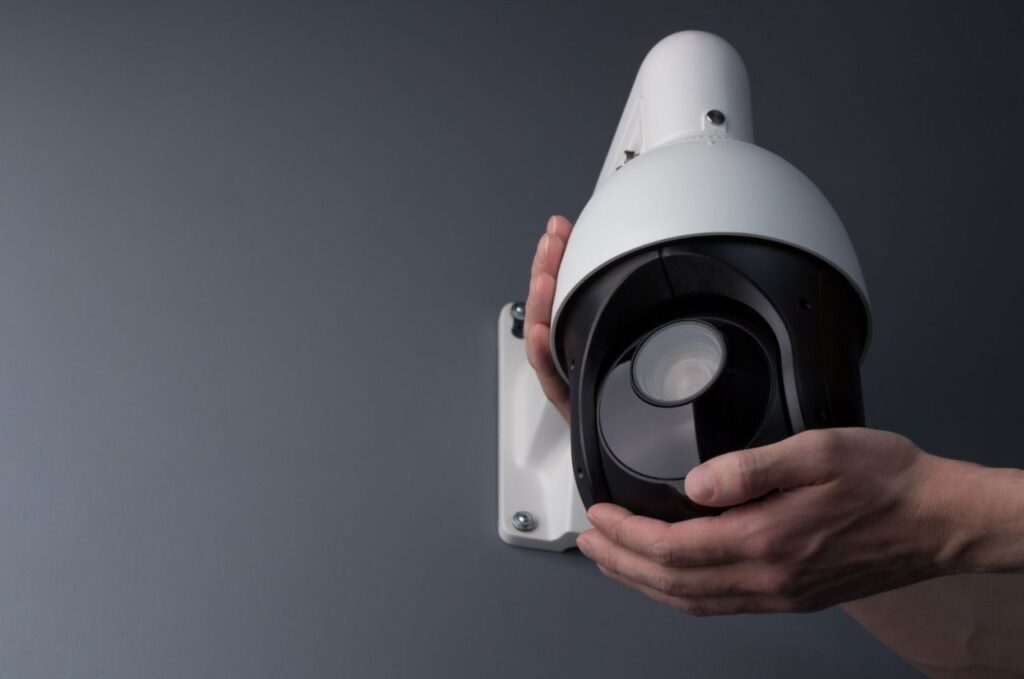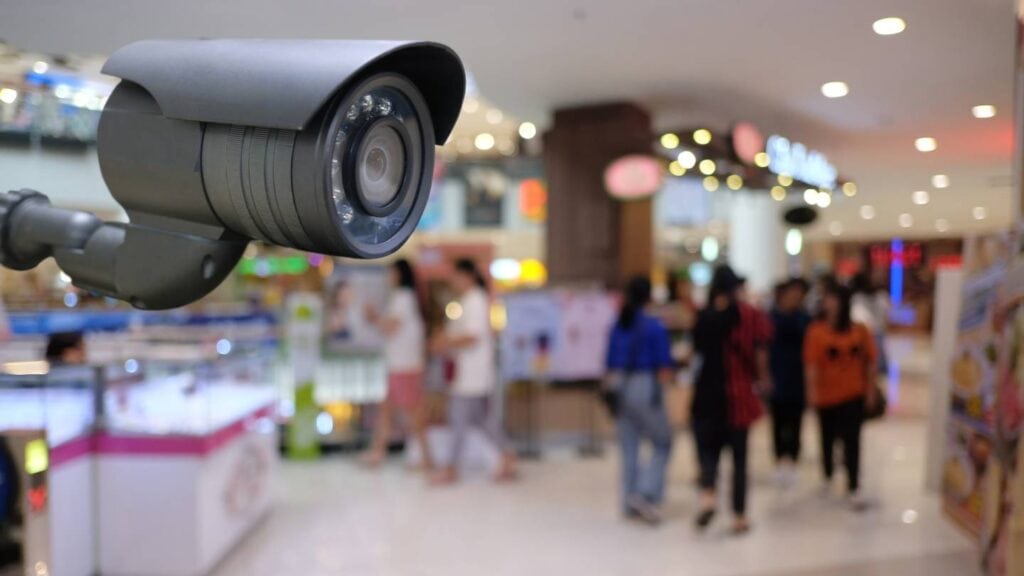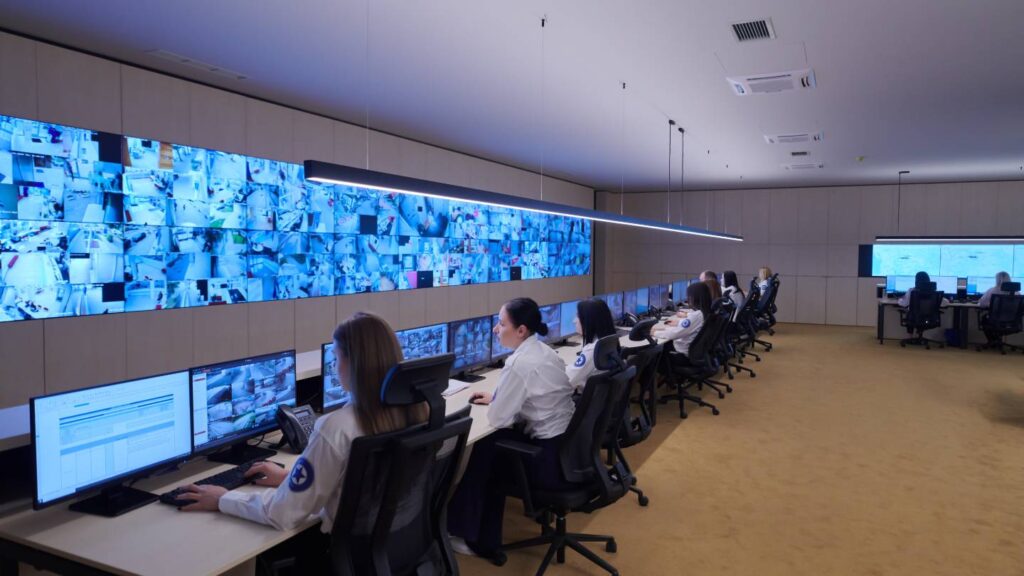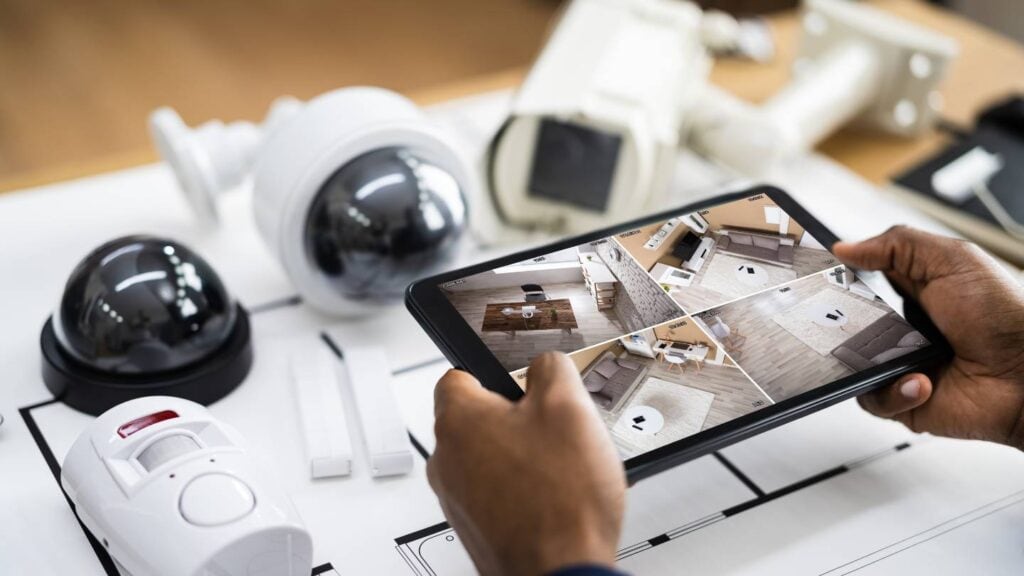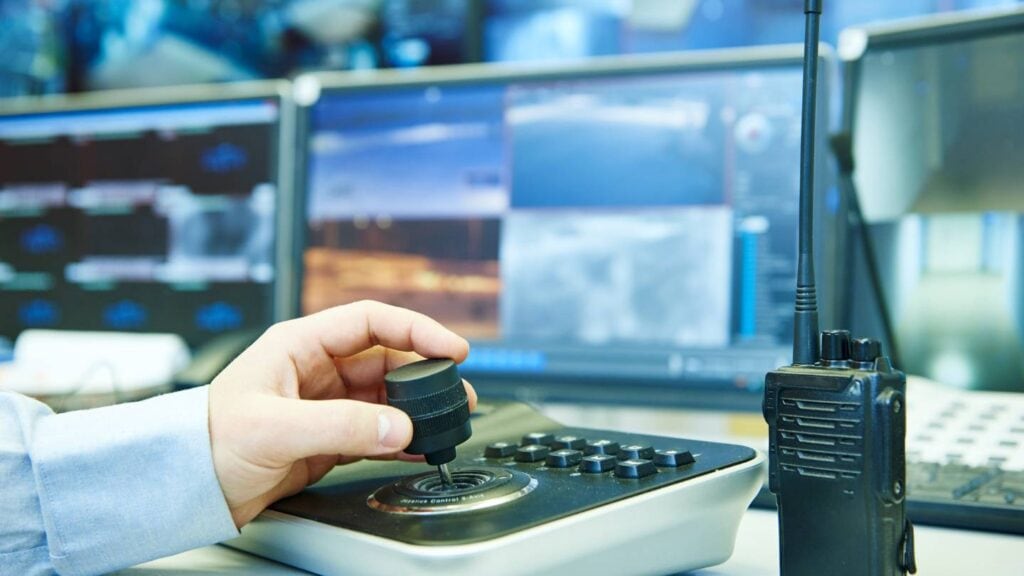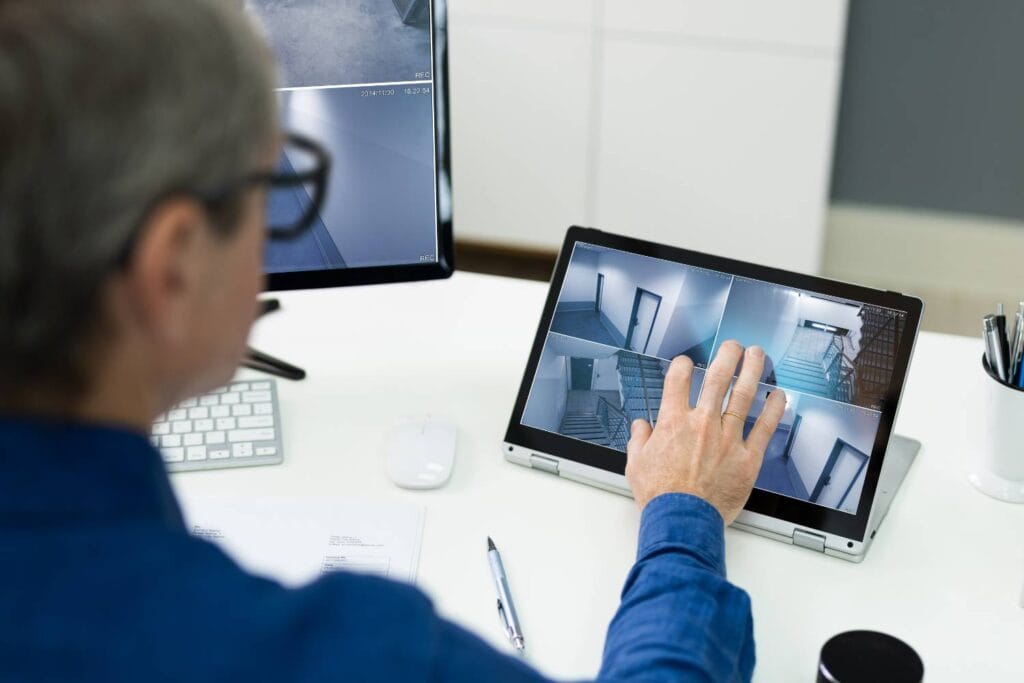Theft and shoplifting remain major problems in today's retail industry, jeopardising profits and customers' confidence. Store owners often need help keeping their products secure while making their establishments feel inviting to customers. "Can Retail Security Systems Help Prevent Theft and Shoplifting?" is the crucial question.
The key is learning how to use the many tools and techniques offered by today's security systems. Integrated inventory management systems and high-tech surveillance cameras work together to make stores safer by discouraging would-be burglars and giving owners a s-eye view of how the business is running.
This introductory study investigates the efficacy of retail security systems by investigating their parts, advantages, and functions in establishing a safe retail setting. Retailers may learn much about making the most of their security investments to prevent theft and shoplifting, safeguard their assets, and make consumers happy through this debate.
Retail Store Security To Reduce Shoplifting
The modern retail relies heavily on security guards to protect consumers and goods. For instance, retailers lose billions of dollars annually due to shoplifting, a major financial concern. Merchants have put Many security measures in place to prevent theft and safeguard their assets in response to this issue.
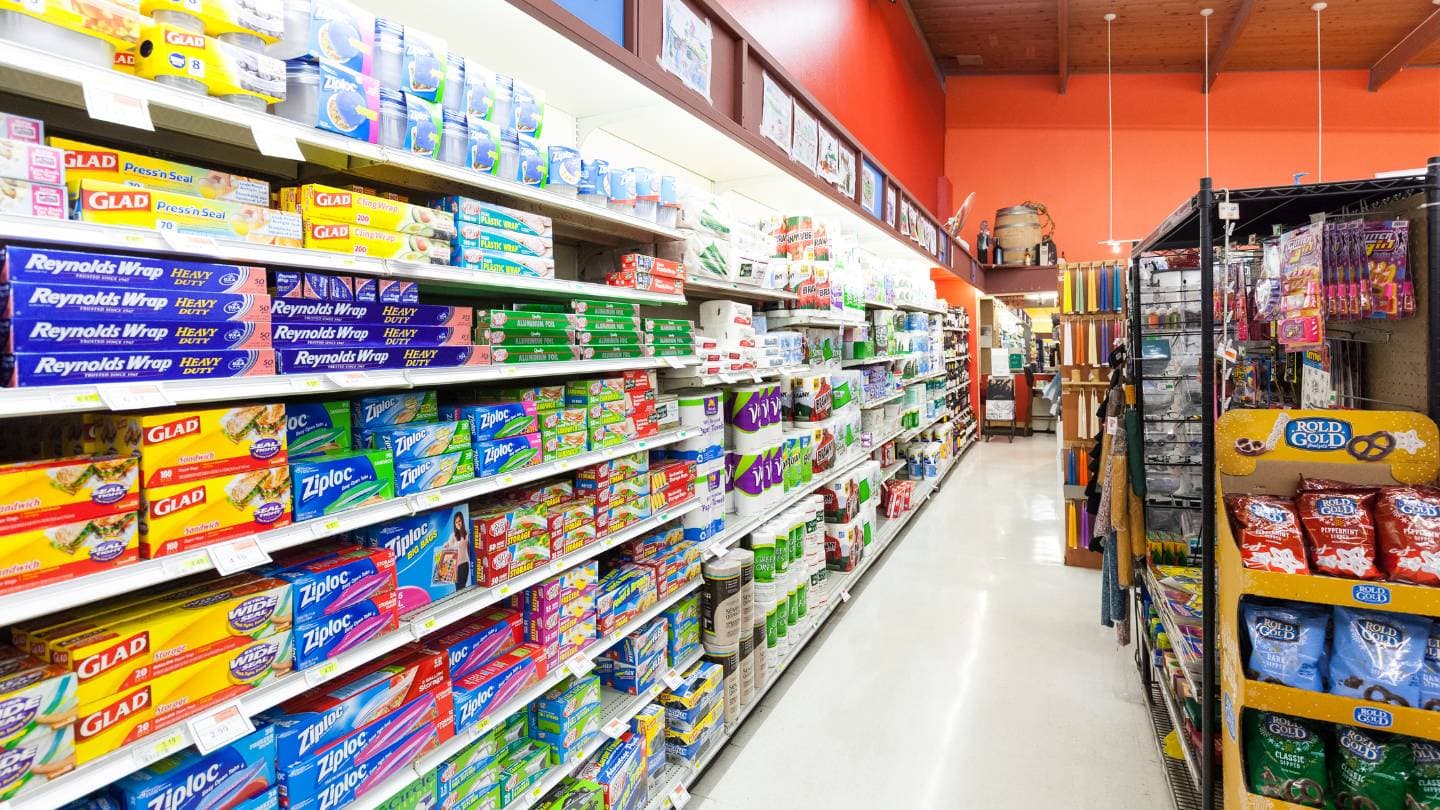
Awareness And Staff Training
It is crucial to give staff concrete scenarios and instances to watch out for to train them to recognise suspicious behaviour and possible shoplifters. Examples include always looking away, not making eye contact, or wearing clothes that are too big. Also, making clients feel watched, having employees welcome them, and interacting with customers helps discourage shoplifters.
The proper way to report and handle occurrences of suspected shoplifting, including who to contact and how to safely collect evidence, must be clearly defined. To ensure that these practices are consistently followed and that personnel remain alert in protecting the store's assets, it is recommended that they receive regular training and reminders.
Employees may do their part to stop shoplifting by following these steps. They should actively seek out opportunities to engage with customers so they feel valued and watched. Shoplifters who could feel awkward or exposed might think twice about doing it if this is in place. Everyone on staff should be familiar with the procedures for reporting and dealing with such problems. Staff members will continue safeguarding the store's possessions without endangering themselves if they receive frequent training and reminders.
Shop Layout And Display
- Improve the store's layout so customers can see everything clearly and avoid obstacles.
- Put mirrors & CCTV cameras in key places to monitor things.
- Stay away from too packed exhibits since this gives shoplifters an excuse to steal.
Arranging shelves and racks that permit personnel to have clear lines of vision throughout the store is one method by which a clothing shop can optimise its layout. This makes it less likely that shoplifters can hide in plain sight. Strategically place mirrors around the business to further increase visibility and discourage would-be shoplifters.
The best way to increase monitoring and catch any suspicious activity is to strategically put CCTV cameras at entrances, exits, and high-risk areas. Keeping displays neat and uncluttered can prevent theft by making it easy for staff to notice when something is missing or altered.
Because of this, shoplifters can be caught in the act before they can make off with any stolen goods. Also, a safe shopping environment can be maintained with the help of alert and trained employees in theft prevention methods.
Surveillance Systems
Surveillance systems can offer an extra degree of protection by recording footage of any questionable behaviour or possible theft occurrences. This does double duty as a deterrent to would-be shoplifters and as proof if legal action is required. Integrating state-of-the-art technologies like facial recognition software into contemporary surveillance systems further increases their efficacy in avoiding theft.
Businesses and individuals can use AAA Security Guard Services' expert installation of CCTV services to beef up their security. Customers might feel more secure knowing that any odd behaviours or possible theft occurrences can be captured on camera with the help of a surveillance system. In addition to helping with investigations and prosecutions, these technologies dissuade would-be shoplifters. AAA Security Guard Services can install cutting-edge equipment like face recognition software for added anti-theft protection.
Access Control
To stop unauthorised people from getting into restricted areas like stockrooms, you need to set up controlled access. Key cards, biometric scanners, or even security guards stationed at entrance points can do this. Businesses can help reduce the likelihood of internal theft by restricting access to certain places and making sure that only authorised people can access important assets. To add another degree of responsibility and safety, an access control system can be set up to monitor and record who goes into and out of these places.
Another use for an access control system is to limit who can enter certain regions or rooms in a building. Some companies may prefer that only certain staff access sensitive areas, such as the server room or executive offices. Installing an access control system is the only way to guarantee that authorised personnel can access these critical places.
The security and integrity of the organisation are upheld, and valuable equipment & confidential information are protected. Also, businesses can tailor their access control systems to their exact specifications, granting certain employees or departments varying degrees of access.
Some areas may be necessary for management, whereas lower-level staff may want access to those that directly pertain to their duties. This degree of personalisation aids in the standardisation of processes and safeguards against unauthorised access to private data or sections unrelated to their job function. Businesses can keep tabs on who enters which locations and when with the help of access control systems, which increases accountability and discourages security breaches by providing a complete audit trail.
Types Of Retail Anti-Theft Devices
Technology, psychology, and the store layout combine to create anti-theft gadgets. Mirrors and cameras are easy reminders of surveillance, while state-of-the-art equipment can track the movement of objects. Deterring criminals can also be achieved through strategic layout considerations, such as storing high-value items behind glass or near the point of sale.
The following is a rundown of the various anti-theft tools that stores can use:
Securing Display Cases
Lockable display cases are a common security measure for retailers to implement for high-value, easily carried products like razors in medicine stores or mobile phones at electronics stores.
Comparatively speaking, store security cameras and electronic access systems are more expensive than locking display cases. Having to call out store employees to open the cases can be a hassle, especially if there is a shortage of staff or customers may feel awkward about touching the products. At the same time, an employee waits, which might make them less likely to make a purchase.
System For EAS
Security systems known as electronic article surveillance (EAS) systems employ tags and sensors to deter shoplifting by sounding alerts whenever an item leaves a store without being properly deactivated. The security tags, deactivate units, & detection systems make up the three primary components of EAS devices. At checkout, deactivation units remove or deactivate the security tags connected to items. Detecting systems will inform the staff if any tags get beyond the store's exits.
One such option is for the cashier to deactivate the EAS tag before removing it. This could be useful when the client cannot examine an item adequately with the tag attached, like with plastic tags used by clothes merchants or spider-style enclosures that cover electronic boxes. An alternative, less sophisticated method of EAS protection is using ink tags, which can be applied to certain items such as clothing and accessories. These tags can discourage shoplifting by releasing ink if removed wrongly.
The EAS system is more convenient for customers than locking display cases. Additionally, they allow retail employees more time to concentrate on sales, inventory, and customer service. The potential expense and ongoing maintenance of an EAS system are drawbacks.
RFID Tags
For tracking and identification, little electronic devices called radio frequency identification (RFID) tags may transmit and store data through radio waves. Although it is more costly to implement, RFID technology is more secure than EAS. You don't have to activate or deactivate an RFID tag at the register, and it doesn't always set off an alarm (it does so only when linked with an EAS system).
When incorporated into your security system, RFID tags may do double duty: preventing theft and tracking stolen objects. RFID technology is usually implemented alongside additional security measures rather than utilised in isolation.
Before products make it to retail locations, many RFID tags are attached by manufacturers or wholesalers. They're readable by RFID readers all along the supply chain and never turn off. Because of this, they have a wider variety of uses, such as product identification, supply chain tracking, and inventory management. The resale of stolen goods can also be traced using hidden RFID tags.
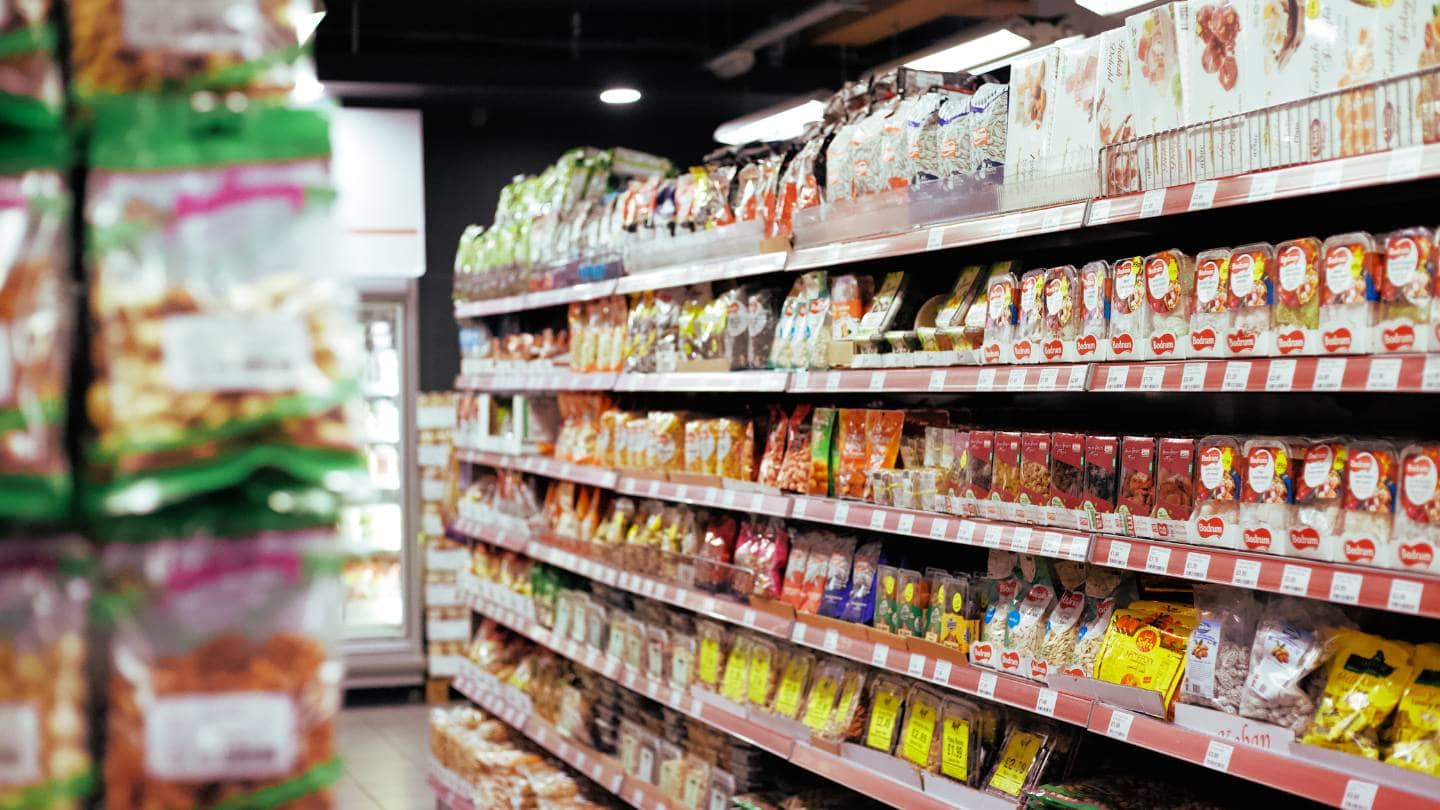
Mirrors
Store mirrors have stood the test of time as a tried-and-true, low-cost deterrent against shoplifting. Store owners strategically place them, usually in corners, to keep an eye out for suspicious behaviour and cover any gaps in their surveillance.
Cameras
While mirrors serve a similar function, store cameras have the added benefit of being able to film shoplifters and identify suspicious behaviour. Police can use these recordings to find and convict criminals, and business owners can use them to catch shoplifters in the act.
As a bonus, cameras discourage would-be criminals who might be scared to break the law for fear of being caught on camera. The value of avoiding criminal activity is often the most important consideration.
Alarms
Deter would-be shoplifters even when you're not there by having an alarm system watch the outside of your business and sound an alert if there's a break-in through any openings (doors, windows, walls, or ceilings).
These alerts are distinct from the ones in EAS systems; the latter set them off whenever tagged goods transit via a detection system. Both alarms help you keep track of your goods and deter theft.
Security Guards
The job of a security guard is to prevent shoplifting and, in extreme circumstances, physical violence from occurring in a business. Even though many stores teach their security guards to call the police instead of getting aggressive with shoplifters, they can still confront the criminals and stop them from fleeing with the stolen goods. Due to municipal and state law, security personnel may or may not be armed. Security guards are the most effective measure to prevent theft.
Conclusion
Retail security systems play a crucial role in preventing theft and shoplifting in the retail industry. Integrated inventory management systems and high-tech surveillance cameras work together to make stores safer by discouraging burglars and providing a sight-seeing view of the business. Staff training, improved store layout, and surveillance systems can help reduce shoplifting and protect assets.
Staff should be trained in recognizing suspicious behavior and engaging with customers to make them feel valued and watched. Surveillance systems can record footage of questionable behavior and provide evidence for legal action. Access control systems can restrict access to restricted areas, ensuring only authorized personnel can access important assets.
Personalization of access control systems can help standardize processes and safeguard valuable equipment and confidential information. By implementing these measures, retailers can make the most of their security investments and maintain a safe shopping environment for their customers.
Retail anti-theft devices combine technology, psychology, and store layout to create surveillance tools. Lockable display cases are common security measures for high-value items, but they can be expensive and time-consuming. Electronic article surveillance (EAS) systems use tags and sensors to deter shoplifting. RFID tags are more secure than EAS but can be used for tracking stolen goods.
Mirrors and cameras are low-cost deterrents, while alarm systems can be used to deter shoplifters. Security guards can prevent physical violence and shoplifting by confronting criminals and preventing them from fleeing with stolen goods. These devices can be implemented alongside additional security measures, such as RFID tags, mirrors, cameras, alarms, and security guards.
Content Summary:
- Retail security systems are crucial in preventing theft and shoplifting, which can lead to significant financial losses.
- Integrated inventory management systems and high-tech surveillance cameras can help in establishing a safe retail setting.
- Staff should be trained to recognize suspicious behavior and potential shoplifters.
- Regular training and reminders are recommended to ensure consistent practice and alertness in protecting store assets.
- Optimal store layout can prevent shoplifting by providing clear visibility and avoiding obstacles.
- Mirrors and CCTV cameras can be strategically placed to monitor items and increase visibility.
- Strategic placement of mirrors around the business can increase visibility and discourage shoplifters.
- CCTV cameras can be strategically placed at entrances, exits, and high-risk areas to increase monitoring and catch suspicious activity.
- Surveillance systems can record footage of questionable behavior or possible theft occurrences, acting as a deterrent and proof for legal action.
- Integrating technologies like facial recognition software into surveillance systems can increase their efficacy in avoiding theft.
- Controlled access systems can prevent unauthorised people from accessing restricted areas like stockrooms.
- Access control systems can be set up to monitor and record who goes into and out of certain areas.
- Customisation of access control systems can ensure the security and integrity of the organization, protecting valuable equipment and confidential information.
- Lockable display cases are common security measures for high-value products.
- They are more expensive than store security cameras and electronic access systems.
- They can be a hassle for store employees and customers.
- EAS systems use tags and sensors to deter shoplifting.
- They sound alerts when an item leaves the store without being properly deactivated.
- The system is more convenient for customers and allows retail employees more time to focus on sales, inventory, and customer service.
- RFID tags transmit and store data through radio waves.
- They are more secure than EAS and can be used for product identification, supply chain tracking, and inventory management.
- They can also be used to trace the resale of stolen goods.
- Store mirrors are a low-cost deterrent against shoplifting.
- Store cameras can film shoplifters and identify suspicious behavior.
- They discourage would-be criminals who might be scared to break the law for fear of being caught on camera.
- Alarm systems can deter would-be shoplifters even when not present.
- They sound an alert if a break-in occurs through any openings.
- The job of a security guard is to prevent shoplifting and, in extreme cases, physical violence.
- Security personnel may or may not be armed, but they are the most effective measure to prevent theft.
Frequently Asked Questions
Advice on finding a security solution that fits the budget while still providing adequate protection, including considerations for upfront and ongoing costs.
Information on complying with privacy laws, data protection regulations, and any specific legal requirements for security systems in retail.
Criteria for selecting a vendor include experience, customer support, and the ability to provide customised solutions.
Training is important for employees to operate the security system effectively and respond to security breaches.
Recommendations for regular security system audits to ensure it meets current needs and information on keeping up with technological advancements.





